Implants for the Future
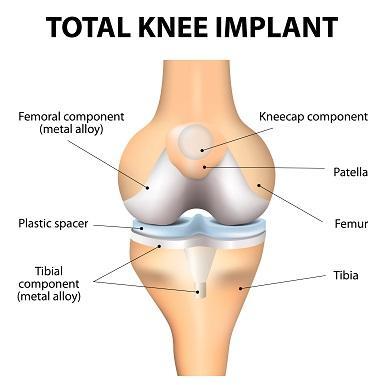
A group of scientists from the University of Malaya and four other universities in the US have found a technique of developing better biomedical implants to accelerate bone healing. An implant is a medical device made of a biomedical material that is fitted into the body to act as a missing biological structure. A study published on the front cover of the July issue of Applied Surface Science, reveals that the researchers have been successful in making new biomedical implants. These use magnesium coatings that do not crack, reducing the chance of post surgery complications.
Read more
New Method Increases Bone Density
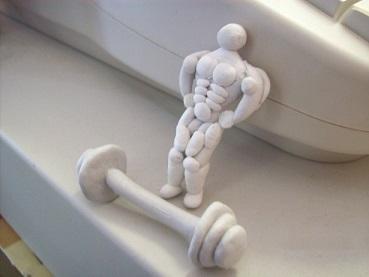
This new method is extremely helpful in initial rat models and experiments. The results showed a 30% hike in bone growth, improving bone density. This new device is called a ‘miniature muscle pacemaker’ and is designed to produce contractions in the muscles. These miniature muscle pacemakers were designed by Professor Jonathan Jarvis of Liverpool John Moores University. In the rats, they were placed on the legs for a period of 28 days.
Read more
Omega-3 Fatty Acids May Lessen Severity of Osteoarthritis
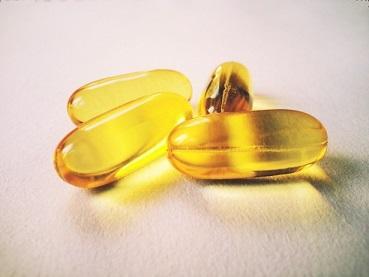
Obesity is the primary cause of joint degeneration but the process is hastened by unhealthy eating habits. It was found that consumption of omega 3 fatty acids can protect joints in case of osteoarthritis. It does not revert osteoarthritic changes but helps in slowing the degenerative process. Omega 3 fatty acids have anti-inflammatory properties and are good for the heart. Their routine consumption is considered helpful for patients. The Duke trial showed that omega 3 fatty acids (when given to mice) reduced the severity of the osteoarthitic joint pain. It was also shown that these mice had wounds that healed quickly as opposed to mice who did not receive the supplement. The Omega-3 supplement is easily found in fish and fish oil supplements.
Read more
Weather May Not Affect Low Back Pain
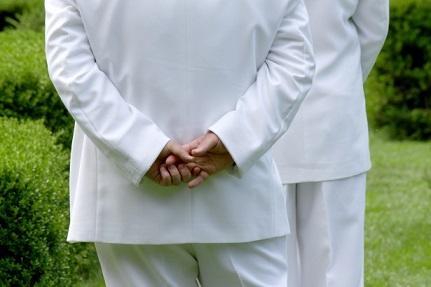
Read more
Rockbot Service at Onto Orthopedics
Onto Orthopedics is now working with Rockbot to bring you high quality music during your visit. Before seeing us, please install the Rockbot app on your phone. Then, simply log in during your appointment, navigate to "Onto Orthopedics", and begin picking the music we play!
Click here to download the Rockbot app.
Brewing Waste May Assist Bone Regeneration
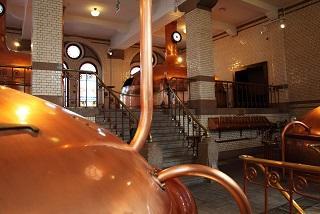
This study was conducted at Centre for Biomedical Technology of Universidad Politécnica de Madrid (UPM) and the Institute of Materials Science and the Institute of Catalysis and Petrochemistry of Consejo Superior de Investigaciones Científicas (CSIC). The results showed that the residue left after beer production was rich in contents like calcium, phosphorus, silica, etc. These were coincidently nutrients that help bones become stronger. The residue was incorporated to be used as a material in bone replacements as well as a coating in bone grafts. Not only does this material decrease the burden of the accumulated eco waste, it also provides nutrient-rich media for the treatment of bone diseases.
Read more
Nano Particles Battle Bone Cancer
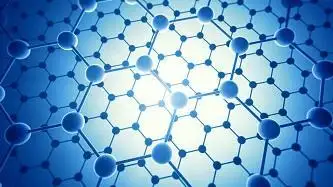
“Proceedings of the National Academy of Sciences” published last week discussed this nano technology. Bone is a very favorable place for cancer cells to grow and multiply in large numbers especially from certain parts of the body such as the breasts, prostate and blood. This nano particle system selectively targets the bones and releases the drug in a very subtle way, thus enhancing the growth and strength of the bone.
Read more
6000 Steps a Day Help Keep Knee Limitations Away

Many Americans aged just 25 years are now diagnosed as suffering from Osteoarthrits knees whereas earlier reports mentioned that OA knees is mostly common among middle-aged and older adults. Medical evidence reports that persons diagnosed with OA walk less than 90 minutes weekly on average. Walking is a common physical activity which can be performed daily by all adults. 80% of OA patients experience a limitation in their movements while 11% of adults have a disability to the extent that they need assistance with personal care.
Read more
Frog Promises Solution to Muscle Atrophy

Most times, mammals including humans, experience muscle atrophy, which means that the muscles that are not in use for a long time start degenerating. This is not the case with green striped burrowing frogs which are scientifically known as Cyclorana alboguttata. These frogs hibernate when resources outside are very scarce and thus, can survive by wrapping themselves in a cocoon of shed skin. These frogs suffer very minimal muscle wastage even after long periods of practically zero muscular activity.
Read more
Romosozumab increases BMD!
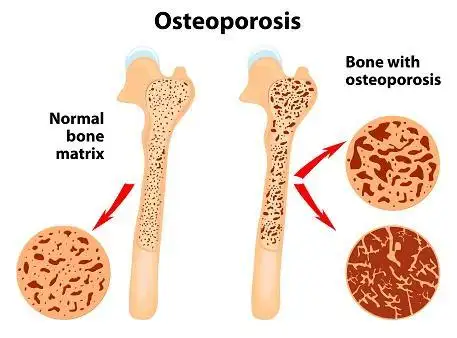
Osteoporosis is commonly seen in large numbers nowadays. Post menopausal women and men of age 70 years and above are at an increased risk for this condition. Bone Mineral Density (BMD) is the test which measures the amount of minerals such as calcium in your bones. It is done using X-ray and Computed Tomography (CT) scan. This information is then used to estimate the strength of your bones.
Read more




